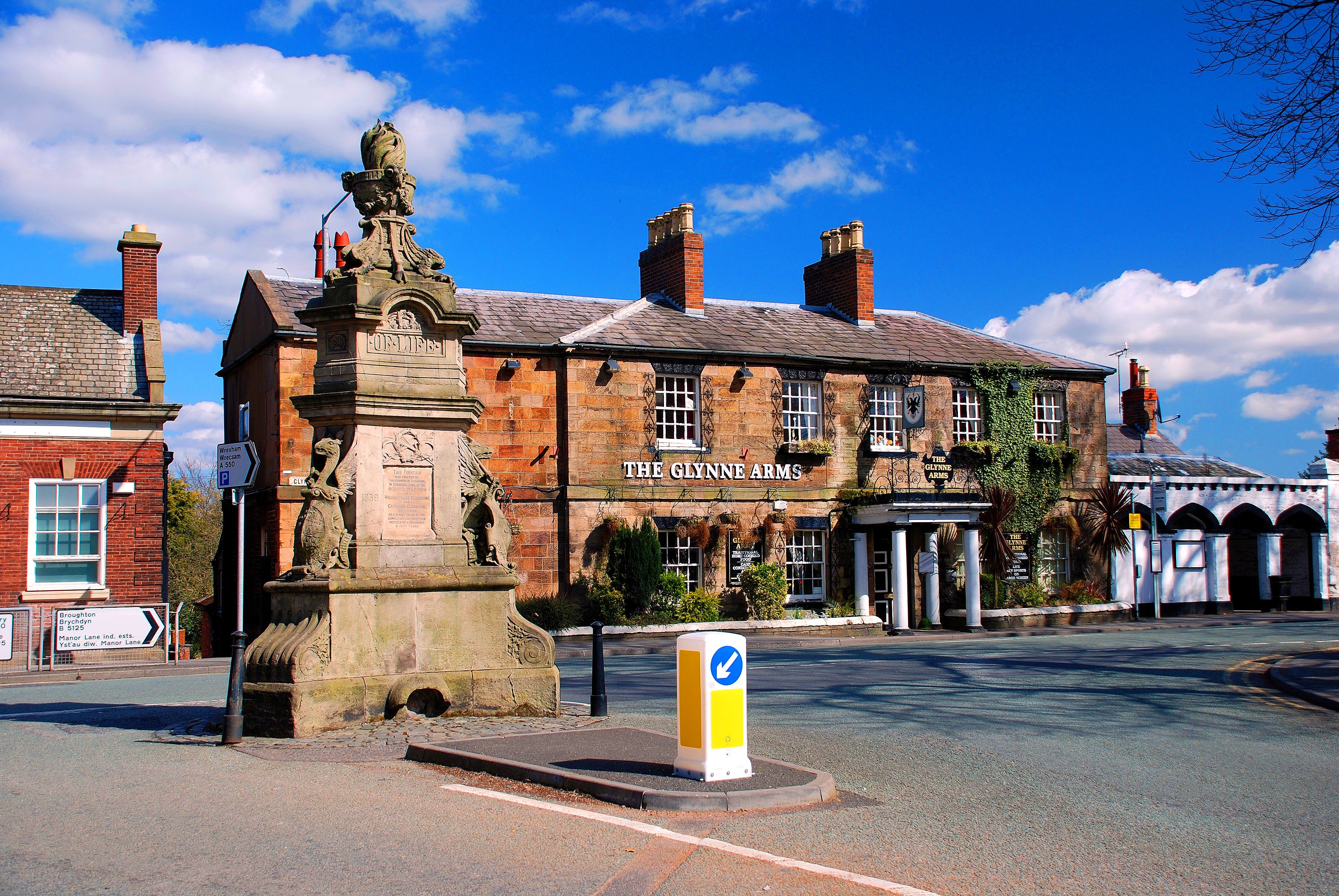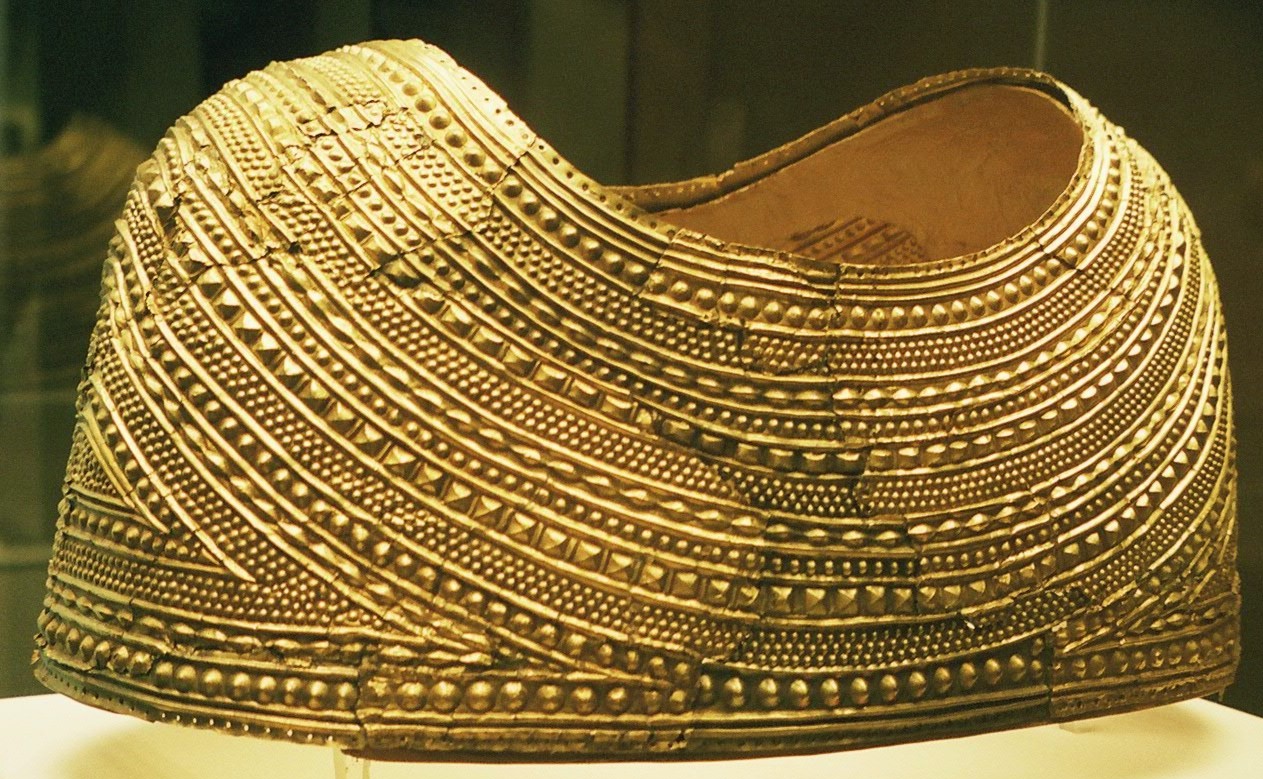|
Flintshire Constabulary
Flintshire Constabulary was the Home Office police force for the county of Flintshire, Wales, from 1856 until 1967. History the Constabulary was formed in 1856, under the County and Borough Police Act 1856, to replace the existing parish constables responsible for enforcing the law in local areas. The Constabulary included divisions or districts, including Holywell, Mold, Overton and Rhyl. In 1965, the force had an establishment of 256 and an actual strength of 231.''The Thin Blue Line'', Police Council for Great Britain Staff Side Claim for Undermanning Supplements, 1965 The force amalgamated with Denbighshire Constabulary and Gwynedd Constabulary in 1967, under the Police Act 1964, to form a new Gwynedd Constabulary, which was renamed North Wales Police in 1974. The Constabulary's archives are held at North East Wales Archives, Hawarden. Chief Constables Footnotes See also * North Wales Police North Wales Police ( cy, Heddlu Gogledd Cymru) is the territorial police ... [...More Info...] [...Related Items...] OR: [Wikipedia] [Google] [Baidu] |
Flintshire (historic)
, HQ= County Hall, Mold, Flintshire , Government= Flintshire County Council (1889–1974) , Origin= , Status= Ceremonial county (until 1974)Administrative county (1889–1974) , Start= 1284 , End= , Code= FLN , CodeName= Chapman code , Replace= , Motto= , Divisions= , DivisionsNames= , DivisionsMap= , Image= Flag adopted in 2015 , Map= , Arms= , Civic= , PopulationFirst= 60,012Vision of Britain �1831 Census/ref> , PopulationFirstYear= 1831 , AreaFirst= , AreaFirstYear= 1831 , DensityFirst= 0.32 , DensityFirstYear= 1831 , PopulationSecond= , PopulationSecondYear= , AreaSecond= , AreaSecondYear= , DensitySecond= , DensitySecondYear= , Populati ... [...More Info...] [...Related Items...] OR: [Wikipedia] [Google] [Baidu] |
Denbighshire Constabulary
Denbighshire Constabulary was the Home Office police force for the county of Denbighshire, Wales from 1840 until 1967. History The Constabulary was formed in 1840, under the County Police Act 1839, to replace the existing parish constables responsible for enforcing the law in local areas. It consisted of divisions or districts including Wrexham “A”, Wrexham “B”, Llanrwst, and Ruthin and Yale. In 1850, the post of Chief Constable was abolished, and the county was divided into two Divisions with a Superintendent for both, with G. M. King at Wrexham and J. Bradshaw at Denbigh. Under the County and Borough Police Act 1856, the position of Chief Constable was reinstated. In 1921, the force gained their first Motor Car. In 1965, the force had an establishment of 320 and an actual strength of 302.''The Thin Blue Line'', Police Council for Great Britain Staff Side Claim for Undermanning Supplements, 1965 Under the Police Act 1964, it amalgamated with Gwynedd Constabulary and ... [...More Info...] [...Related Items...] OR: [Wikipedia] [Google] [Baidu] |
History Of Flintshire
, settlement_type = County , image_skyline = , image_alt = , image_caption = , image_flag = , image_shield = Arms of Flintshire County Council.svg , shield_size = 100px , shield_alt = , shield_link = , image_blank_emblem = , blank_emblem_alt = , image_map = File: Flintshire UK location map.svg , map_alt = , map_caption = Flintshire shown within Wales , coordinates = , subdivision_type = Sovereign state , subdivision_name = , subdivision_type1 = Constituent country , subdivision_type2 = Preserved county , subdivision_name1 = , subdivision_name2 = Clwyd , established_title ... [...More Info...] [...Related Items...] OR: [Wikipedia] [Google] [Baidu] |
Defunct Police Forces Of Wales
{{Disambiguation ...
Defunct (no longer in use or active) may refer to: * ''Defunct'' (video game), 2014 * Zombie process or defunct process, in Unix-like operating systems See also * * :Former entities * End-of-life product * Obsolescence Obsolescence is the state of being which occurs when an object, service, or practice is no longer maintained or required even though it may still be in good working order. It usually happens when something that is more efficient or less risky r ... [...More Info...] [...Related Items...] OR: [Wikipedia] [Google] [Baidu] |
Hawarden
Hawarden (; cy, Penarlâg) is a village, community (Wales), community and Wards and electoral divisions of the United Kingdom, electoral ward in Flintshire, Wales. It is part of the Deeside conurbation on the Wales-England border and is home to Hawarden Castle (medieval), Hawarden Castle. In the 2011 United Kingdom census, 2011 census the ward of the same name had a population of 1,887, whereas the community of the same name, which also includes Ewloe (which also has a castle) Mancot and Aston, Flintshire, Aston had a population of 13,920. The scenic wooded Hawarden Park abuts the nucleated village, clustered settlement in the south. Hawarden Bridge consists of distribution and industrial business premises beyond Shotton, Flintshire, Shotton/Queensferry, Flintshire, Queensferry and the River Dee (Wales), Dee. The west of the main street is called The Highway, its start marked by the crossroads with a fountain in the middle, near which are public houses, some with restaurants. ... [...More Info...] [...Related Items...] OR: [Wikipedia] [Google] [Baidu] |
North Wales Police
North Wales Police ( cy, Heddlu Gogledd Cymru) is the territorial police force responsible for policing North Wales. Its headquarters are in Colwyn Bay. , the force has 1,510 police officers, 170 special constables, 182 police community support officers (PCSO), 71 police support volunteers (PSV), and 984 staff. History Gwynedd Constabulary was formed in 1950 by the amalgamation of Caernarvonshire Constabulary, Anglesey Constabulary, and Merionethshire Constabulary under the Police Act 1946. In 1965, the force had an establishment of 308 and an actual strength of 296. Flintshire Constabulary and Denbighshire Constabulary were merged into the force in 1967, but they retained their existing name. On 1 April 1974, the Local Government Act 1972 created an administrative county of Gwynedd covering part of the police area (equivalent to the original Gwynedd Constabulary area). To avoid confusion, the force was renamed North Wales Police. Under proposals made by the Home Secretary ... [...More Info...] [...Related Items...] OR: [Wikipedia] [Google] [Baidu] |
Police Act 1964
The Police Act 1964 (1964 c.48) was an Act of the Parliament of the United Kingdom that updated the legislation governing police forces in England and Wales, constituted new police authorities, gave the Home Secretary new powers to supervise local constabularies, and allowed for the amalgamation of existing forces into more efficient units. Royal Commission A Royal Commission on the Police had been appointed in 1960 under the chairmanship of Henry Willink to ''"review the constitutional position of the police throughout Great Britain".'' The appointment of the commission followed two high-profile scandals involving borough police forces. These exposed problems in the relationship between the chief constable and watch committee of each borough, and disputes between central and local government over the control of local forces. In 1958, following a trial into police corruption in Brighton, the presiding judge stated that the judiciary could have no faith in police evidence until ... [...More Info...] [...Related Items...] OR: [Wikipedia] [Google] [Baidu] |
Gwynedd Constabulary
North Wales Police ( cy, Heddlu Gogledd Cymru) is the territorial police force responsible for policing North Wales. Its headquarters are in Colwyn Bay. , the force has 1,510 police officers, 170 special constables, 182 police community support officers (PCSO), 71 police support volunteers (PSV), and 984 staff. History Gwynedd Constabulary was formed in 1950 by the amalgamation of Caernarvonshire Constabulary, Anglesey Constabulary, and Merionethshire Constabulary under the Police Act 1946. In 1965, the force had an establishment of 308 and an actual strength of 296. Flintshire Constabulary and Denbighshire Constabulary were merged into the force in 1967, but they retained their existing name. On 1 April 1974, the Local Government Act 1972 created an administrative county of Gwynedd covering part of the police area (equivalent to the original Gwynedd Constabulary area). To avoid confusion, the force was renamed North Wales Police. Under proposals made by the Home Secreta ... [...More Info...] [...Related Items...] OR: [Wikipedia] [Google] [Baidu] |
Rhyl
Rhyl (; cy, Y Rhyl, ) is a seaside town and community (Wales), community in Denbighshire, Wales. The town lies within the Historic counties of Wales, historic boundaries of Flintshire (historic), Flintshire, on the north-east coast of Wales at the mouth of the River Clwyd (Welsh language, Welsh: ''Afon Clwyd''). To the west is Kinmel Bay and Towyn, to the east Prestatyn, and to the southeast Rhuddlan and St Asaph. At the United Kingdom Census 2011, 2011 Census, Rhyl had a population of 25,149, with Rhyl–Kinmel Bay having 31,229. Rhyl forms a conurbation with Prestatyn and its two outlying villages, the Rhyl/Prestatyn Built-up area, whose 2011 population of 46,267 makes it north Wales's most populous non-city (the city of Wrexham's being greater). Rhyl was once an elegant Victorian era, Victorian resort town but suffered rapid decline around the 1990s and 2000s but has since been improved by major regeneration around and in the town. Etymology Early documents refer to a dwel ... [...More Info...] [...Related Items...] OR: [Wikipedia] [Google] [Baidu] |
Mold, Flintshire
Mold ( cy, Yr Wyddgrug) is a town and community in Flintshire, Wales, on the River Alyn. It is the county town and administrative seat of Flintshire County Council, as it was of Clwyd from 1974 to 1996. According to the 2011 UK Census, it had a population of 10,058. A 2019 estimate puts it at 10,123. Origin of the name The original Welsh-language place name, ''Yr Wyddgrug'' was recorded as ''Gythe Gruc'' in a document of 1280–1281, and means "The Mound of the Tomb/Sepulchre". The name "Mold" originates from the Norman-French ''mont-hault'' ("high hill"). The name was originally applied to the site of Mold Castle in connection with its builder Robert de Montalt, an Anglo-Norman lord. It is recorded as ''Mohald'' in a document of 1254. History A mile west of the town is Maes Garmon, ("The Field of Germanus"), the traditional site of the "Alleluia Victory" by a force of Romano-Britons led by Germanus of Auxerre against the invading Picts and Scots, which occurred shortly af ... [...More Info...] [...Related Items...] OR: [Wikipedia] [Google] [Baidu] |
Holywell, Flintshire
Holywell ( '','' cy, Treffynnon) is a market town and community in Flintshire, Wales. It lies to the west of the estuary of the River Dee. The community includes Greenfield. Etymology The name Holywell is literally ' + ' in reference to St Winefride's Well, which is situated in the town. Similarly, its Welsh name, ', is a compound of ' "town" + ' "well", meaning "town of hewell". History The market town of Holywell is known for St Winefride's Well, a holy well surrounded by a chapel, itself known since at least the Roman period. It has been a site of Christian pilgrimage since about 660, dedicated to Saint Winefride who, according to legend, was beheaded there by Caradog who attempted to attack her. The well is one of the Seven Wonders of Wales and the town bills itself as ''The Lourdes of Wales''. Many pilgrims from all over the world continue to visit Holywell and the well. From the 18th century, the town grew around the lead mining and cotton milling industries. The ... [...More Info...] [...Related Items...] OR: [Wikipedia] [Google] [Baidu] |


_-_Ford_Focus_-_CX08_CHY.jpg)


